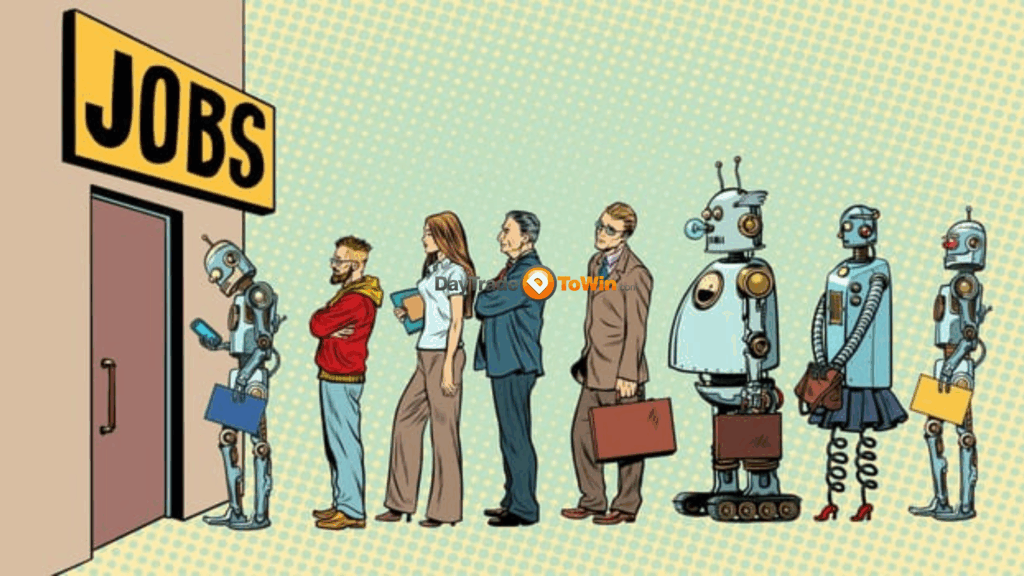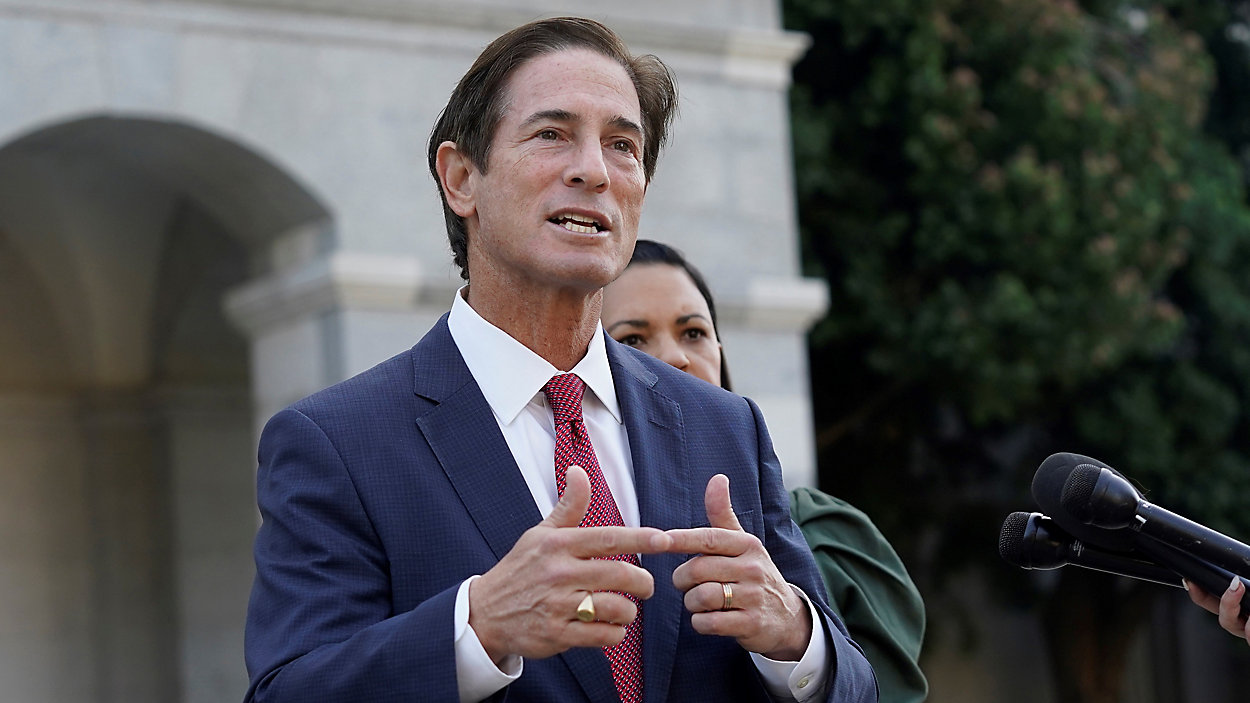More Layoffs Ahead — But Jobless Claims Stay Low
The U.S. labor market isn’t collapsing, but it’s certainly not improving — and that uneasy balance could linger for a while.
Concerns resurfaced this week after a new report signaled a sharp jump in layoffs during October, stirring investor anxiety and contributing to a drop in major stock indexes.
Layoffs Spike, Hiring Slows
A survey from Challenger, Gray & Christmas found that announced layoffs tripled in October, reaching 153,074 — the highest level since the pandemic. Year-to-date, announced job cuts have surpassed 1.1 million.
The same report offered a bit of relief: hiring plans also increased by the most in over a year. Still, companies are expected to bring on fewer seasonal workers this holiday season.
Economists warn not to overreact. These figures mostly reflect large, publicly traded firms, not the thousands of smaller businesses that rarely announce layoffs. In reality, around 20 million Americans lose jobs annually, based on broader Bureau of Labor Statistics (BLS) data.
Job Growth Barely Hanging On
Private payroll data from ADP showed that U.S. companies added a net 42,000 jobs in October, the biggest gain in three months. It’s modest growth — but growth nonetheless — suggesting that while hiring is slow, the labor market hasn’t stalled completely.
Low Jobless Claims Signal Stability
Even with layoffs rising, unemployment claims remain historically low. State data show that new jobless claims reached 229,000 in the week ending Nov. 1, up only slightly from 220,000 the week before.
“Initial claims remain at low levels, which is still consistent with low layoffs so far,” said Citi Research, though they warned that recent job-cut announcements could push those numbers higher later on.
Economists generally trust jobless-claims data more than layoff announcements because it covers all 53 U.S. states and territories and is updated weekly.
Mixed Signals, Lingering Uncertainty
Other indicators also suggest relative stability:
Bank of America Institute found little change in payroll or unemployment deposits in October.
The Chicago Fed reported that unemployment hovered between 4.3% and 4.4%.
Still, hiring momentum is clearly fading. Indeed reported that job postings have fallen to their lowest level since 2021.
Economist Joe Brusuelas of RSM put it bluntly:
“The once ‘low-hire, low-fire’ labor market is shifting toward ‘low-hire, more-fire.’”
When Will We Know More?
With the government shutdown delaying key BLS reports, Wall Street may have to wait until early January for a clearer picture of the labor market. The September and October jobs reports have already been postponed.
Until then, investors are left reading between the lines — in a market that feels steady on the surface, but increasingly fragile underneath.





















